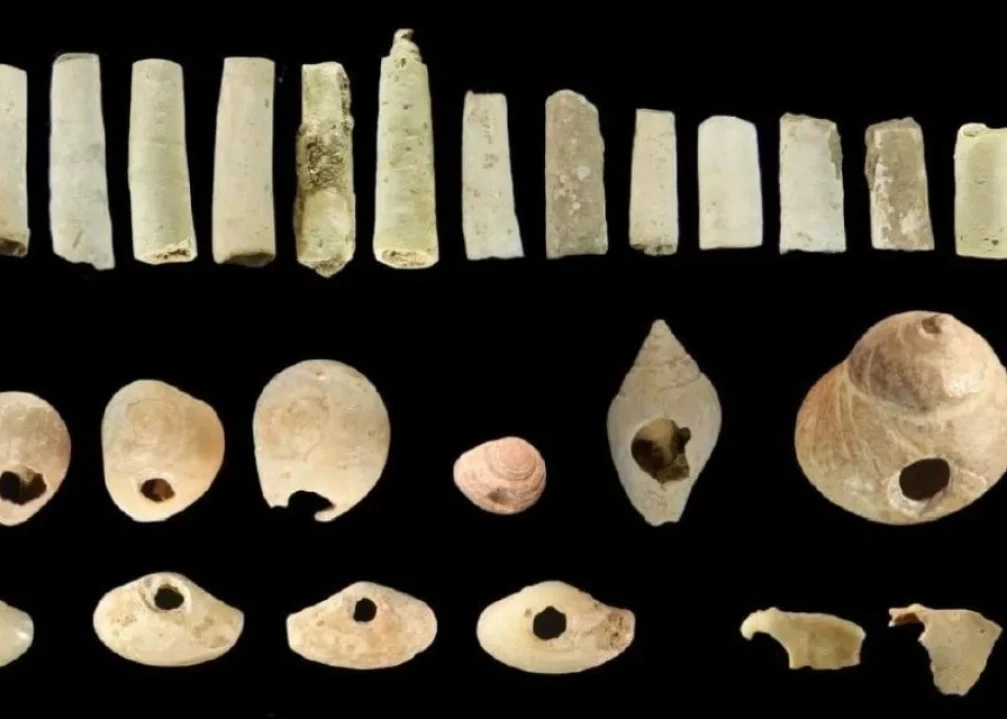One could discuss at length what characterizes us as humans; undoubtedly, one particular quality we share with few other species is a sense of beauty. The instinct to adorn and decorate ourselves is as old as mankind: and this is proven by this extraordinary archaeological find in Salento, in Apulia, at the famous site of the Grotta del Cavallo.
Yesterday Italian archeologists uncovered more than six hundred pieces of jewelry, made from shells and string: proof that even in prehistoric times, embellishments were in demand to the point of being mass-produced. Jewels, then, made from organic but non-perishable materials, painted with prehistoric pigments such as red earth, ochre, and iron, and crossed with strings (horsehair, usually) through which to hold them around the neck.
Evidence that our sapien ancestors, who were preparing to supplant the Neanderthals (50,000 years ago!), were already capable of symbolic thinking: they were amazed by the complexity of nature's forms, such as the spirals of shells, and knew how to use them for aesthetic purposes (decorating themselves, enhancing their beauty), social purposes (distinguishing themselves from others, defining roles and hierarchies) and ritual purposes (using them as lucky charms, or religious artifacts).
Needs that already reveal a strong capacity for abstraction, so universally experienced as to require mass production. Our ancestors demanded these pretty objects so much that large-scale specialized craft production was necessary, which explains the very high number of artifacts found. A kind of ante-litteram jewelry, a boutique of luxury goods for other eras.
What is most interesting, the jewelry is homogeneous. There is the idea of a standardization, in short of a style, a primitive form of fashion. It may seem strange to think of our ancestors enchanting themselves in front of and painted shell jewelry, commenting on the most beautiful form; but in this they are in nothing different from us, with our brands and high fashion stores. The love of beauty is part of our evolution as a species, and findings like this show us that the cognitive leap from the animal world had already happened.



